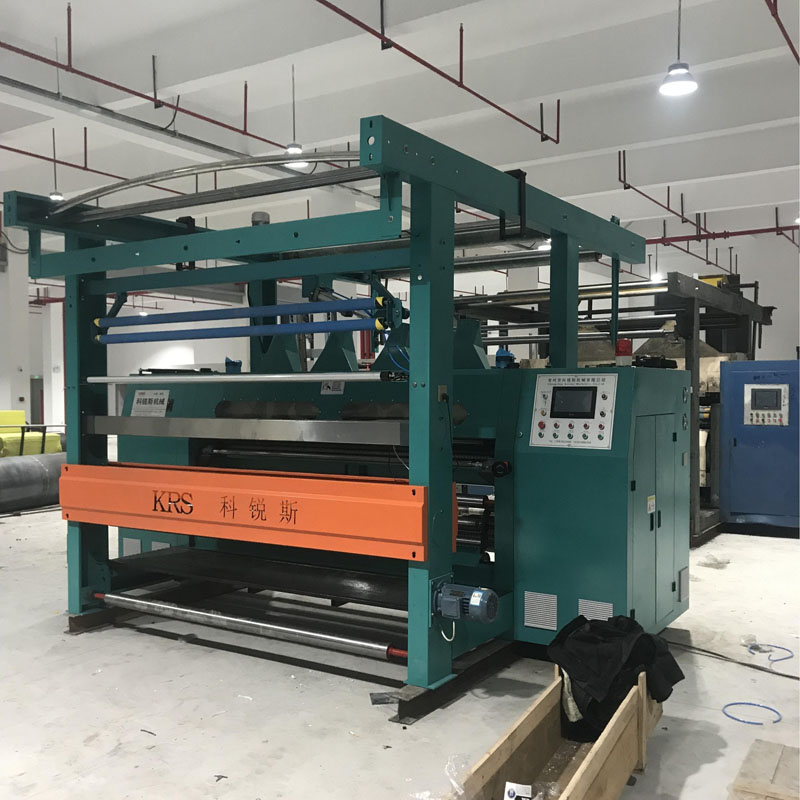Exploring the Materials Processed by Automatic Shearing Machines
2024-04-22
In the world of manufacturing and fabrication, precision and efficiency are key. Automatic shearing machines play a crucial role in achieving both. These machines are designed to cut various materials with high accuracy and speed. But what exactly are the typical materials that can be processed using an automatic shearing machine? Let's dive into the world of fabrication to find out.
Understanding Automatic Shearing Machines
Before we delve into the materials, let's understand what automatic shearing machines are and how they work. Automatic shearing machines, also known as shears or guillotine shears, are mechanical devices used to cut sheet metal, plates, and other materials. They operate by applying a vertical or inclined blade to the material, which then shears or cuts it into desired shapes or sizes.
Typical Materials Processed
1. Sheet Metal: One of the most common materials processed by automatic shearing machines is sheet metal. Sheet metal comes in various thicknesses and is used in a wide range of industries, including automotive, aerospace, construction, and electronics. Automatic shearing machines can effortlessly cut through sheets of steel, aluminum, copper, and other metals with precision, making them invaluable in sheet metal fabrication.
2. Plates: Plates are thicker than sheet metal and are commonly used in structural applications, such as building construction, shipbuilding, and machinery manufacturing. Automatic shearing machines can handle plates of different thicknesses and sizes, cutting them into specific shapes or trimming them to precise dimensions.
3. Plastics: Automatic shearing machines aren't limited to metal; they can also process various types of plastics. Plastics are widely used in industries such as packaging, consumer goods, and automotive. Automatic shearing machines equipped with specialized blades can cleanly cut plastic sheets, allowing manufacturers to produce custom parts and components.
4. Rubber: Rubber sheets and mats are essential in industries like automotive, aerospace, and manufacturing. Automatic shearing machines equipped with the right blades can accurately cut rubber materials, ensuring uniformity and precision in the final products.
5. Textiles: In the textile industry, automatic shearing machines are used to cut fabrics, carpets, and other textile materials. These machines enable efficient cutting of large rolls of fabric into smaller pieces or intricate patterns, streamlining the production process for clothing, upholstery, and other textile products.
6. Composites: Composite materials, such as fiberglass, carbon fiber, and reinforced plastics, are increasingly used in aerospace, automotive, and marine applications due to their lightweight and high-strength properties. Automatic shearing machines with specialized blades can handle these materials, providing clean and accurate cuts for composite components.
Benefits of Using Automatic Shearing Machines
- Accuracy: Automatic shearing machines offer precise cutting, ensuring consistency and quality in the finished products.
- Efficiency: These machines can process materials quickly, increasing productivity and reducing production time.
- Versatility: From metal to plastics to textiles, automatic shearing machines can handle a wide range of materials, making them versatile tools for various industries.
- Cost-effectiveness: By minimizing material waste and optimizing production processes, automatic shearing machines help reduce manufacturing costs in the long run.
Conclusion
Automatic shearing machines are indispensable tools in the manufacturing and fabrication industries, capable of processing a diverse range of materials with precision and efficiency. Whether it's sheet metal, plastics, rubber, textiles, or composites, these machines play a vital role in shaping raw materials into finished products that meet the demands of modern industry. As technology advances, we can expect automatic shearing machines to become even more sophisticated, further expanding their capabilities and applications in the years to come.



